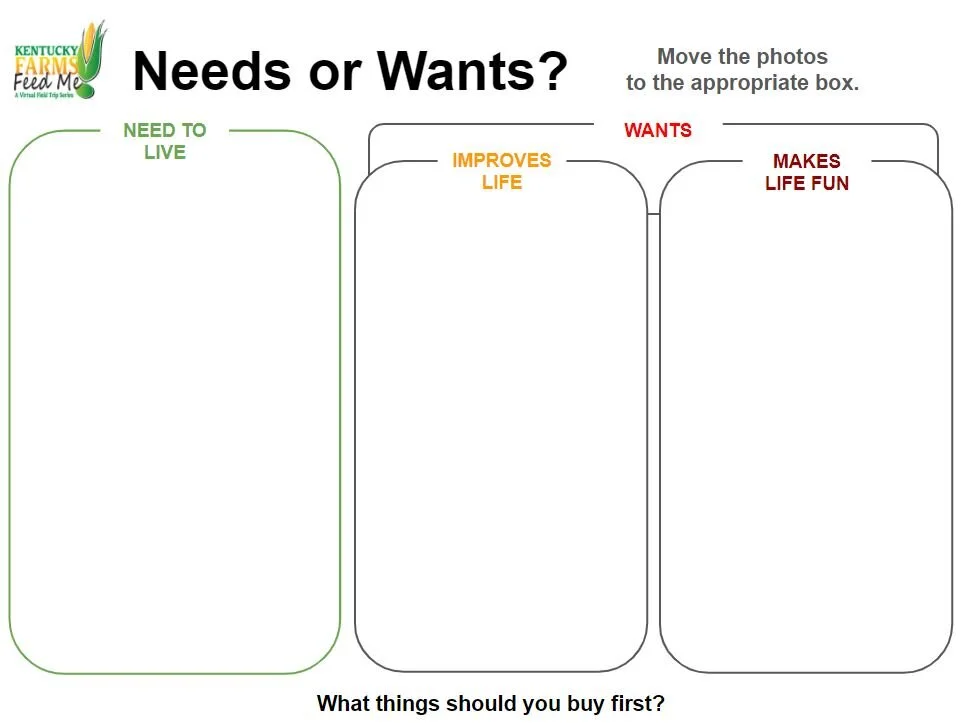Kentucky agriculture facts, number of farms in Kentucky, how farmland is used, and links to learn about agriculture in your community.
STANDARDS-ALIGNED Presentations for science, social studies, careers studies, and financial literacy concepts
Students (grade 3+) learn how agriculture is brings to life all of their holiday favorites! From Christmas trees to sweet treats, this interactive resource demonstrates that without farmers, it would be a blue Christmas.
GRADES 5+: Developed for the Kentucky Corn Growers Association, this lesson has students plan and produce a theoretical crop of corn to learn economic concepts, use their math skills, make decisions, and understand the risks of farming and depending upon nature.
Find simplified data sheets, maps, and charts with comprehension questions for Kentucky agriculture for all grade levels.
Students will understand that basic economic concepts are important for consumer decision-making, learn consumer decisions are influenced by economic and social factors, learn values have a role in making consumer decisions. Other concepts include needs vs wants, opportunity cost, prices, and food scarcity/hunger.
These are great pre or post-assessment worksheets for our Kentucky Farms Feed Me Virtual Field Trip Series or when using the Linking Farm to Table game.
Secondary Careers & Social Studies: Define consumer products and know the importance of agriculture and agriculture products in a healthy community. This lesson also includes an activity that shows the power of shopping locally.
This map shows the farm and forest resources from each county and it may be used to explain regional differences and the economic factors that impact production and where processors may be located.
Primary: Students will learn how their Kentucky communities provide their basic needs, and how and where we acquire those needs with a strong focus on food.
GRADES: 3+ Cash Cow takes students on a journey of caring for a herd of beef cattle in hopes they will maximize their profits at the end of the game. Sponsored by the Kentucky Cattlemen's Association and Kentucky Beef Council.
Learn about agriculture and farming in your community by choosing the county where you live.
Students will learn the difference between needs and wants to prioritize financial purchases. Meets standards in Primary Financial Literacy studies and Kindergarten Social Studies.
Grades: 4-5 Social Studies, MS/HS Enrichment - Students will learn how topographic, geologic, and natural resource availability affect agriculture production in the Commonwealth.
Secondary: This lesson uses a real-world scenario of designing a garden with the hopes of selling the produce it generates. Version here is developed for secondary students and could be paired with lessons on economics, plant science, meal planning, and business planning/financial literacy.
Primary students will learn the farm origins of their favorite meals by linking the processed ingredients to the plants and livestock from which they came.

















